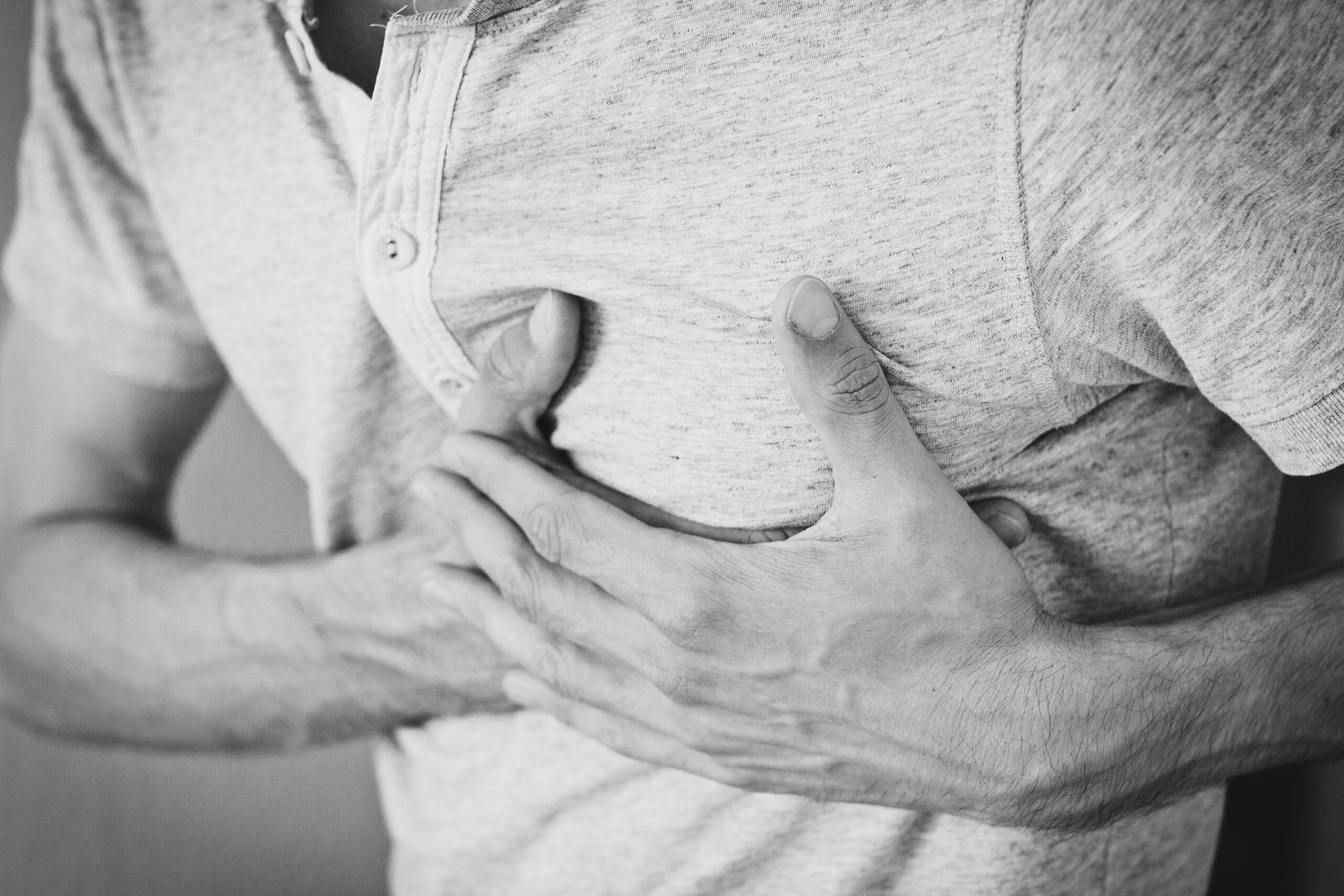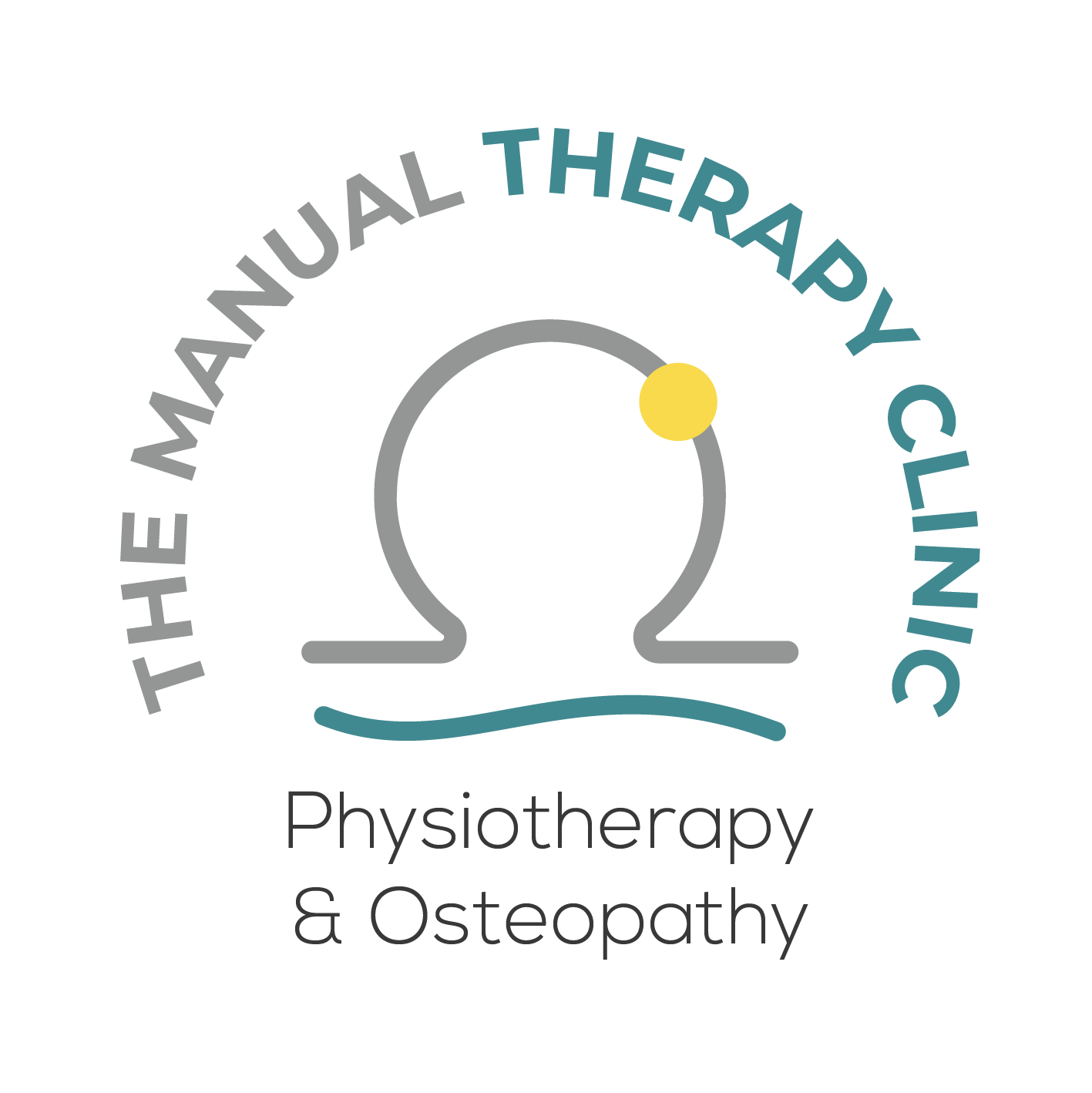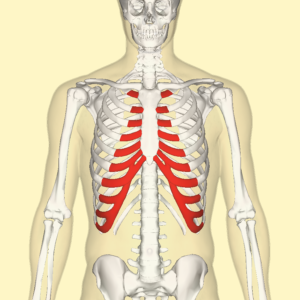
16 Mar How To Treat Costochondritis With Physiotherapy?
More and more people visit our clinic with shooting pains in the chest. Causes are numerous: physical work, anxiety, or even COVID. But, even though these causes might seem diverse, costochondritis is often a symptom of all of them.
In this article, we’ll show you what costochondritis is, how to detect it, and how it can be treated with physiotherapy. As a physiotherapist with more than a decade of experience, I really believe physical therapy is one of the best treatments to help overcome it.
If you think this could be your case, I invite you to contact us and discover what we can do for you at The Manual Therapy Clinic.
What Is Costochondritis?
It is an inflammation of the cartilage that connects the ribs to the sternum. Well, you could find this definition anywhere online. But let’s take a minute to explain it better.
I assume you know where your ribs are and the vast majority of the world’s population have twelve pairs of ribs (there are always exceptions). The seven upper pairs are called the ‘true ribs’. They are connected to the sternum. Also called the breastbone, the sternum is the vertical bone that forms your chest wall and supports your entire body.
The true ribs and the breastbone are linked by cartilage – a firm but flexible tissue – (see the red part in the attached picture). When the cartilage becomes inflamed, that’s costochondritis. In other words, the reason why you are reading this blog.
If you need more info about this inflammation, visit the costochondritis section on the NHS website, where you will find more info on it.
What Are Its Causes?
As we said, costochondritis is nothing more than the inflammation of a specific area of your chest (to be precise, it’s the cartilage that’s inflamed). An inflammation is nothing but your body reacting in order to protect you from an infection or injury.
As stated before, the causes of this inflammation can be diverse. However, there are common patterns that I have found among my patients that allow me to better identify costochondritis.
Physical Work
Costochondritis is very common among workers who repeat mechanical movements during their daily routines: shop workers, factory workers, nurses, etc.
Stress or anxiety
Although it may seem paradoxical, not doing enough physical activity at work can also cause costochondritis. Office employees with stressful routines can generate physical and mental problems, and these can lead to inflammation of the cartilage too.
Cold Or Flu
Costochondritis has a high seasonal incidence. Winter is the time of year when cases rise. Why? Well, you don’t need to be a genius to guess the answer: more colds and more flu, bring more coughs and more sneezing. As a result, we get more costochondritis.
Covid Related Costochondritis
The most feared disease of recent times is also behind the origin of some cases of costochondritis. Like in the previous chapter, costochondritis appears as a result of coughing, sneezing and shaking…all common symptoms of Covid.
This case is especially sensitive because the world still doesn’t know much about Covid and there’s a lot of fear in the population when they get this illness. Usually, patients associate the pain with lungs or airways or when the cause is related to mechanical repeated movements.
How Do I Know If I Have Costochondritis?
The most recognisable symptom is that shooting chest pain we talked about before. Sometimes, it’s so painful when breathing that many patients think they are having a heart attack.
In fact, many patients have come to our clinic after having visited emergency rooms or their GP, who have ruled out other diseases. Even worse, costochondritis cannot be detected by x-rays so it makes it more difficult to detect. To diagnose costochondritis is key to understanding that it’s a muscular pain.
That’s when physiotherapists come into play. Physiotherapy is probably the best treatment for costochondritis. Most patients we assist in our clinic – more than you might think – come with a muscle contracture, subluxations or rib blockages which hide the real problem…costochondritis.
Physiotherapy: The Best Treatment For Costochondritis
In my personal experience, physiotherapy is one of the best treatments for costochondritis. How do we do it at The Manual Therapy Clinic?
- First of all, we solve the contracture in the area.
- Next, we align the ribs. In the case of subluxation, through osteopathic manipulative therapy, and, in patients with bone weakness, with muscle-energy technique.
- Radiofrequency is the last step. The goal here is to reduce inflammation. This can take around two weeks. In our clinic, we work with one of the world’s leading companies in radiofrequency technology, Indiba, which can only be found in two other clinics in Scotland.
How Long Does Costochondritis Last?
Well, that’s not an easy question to answer to be honest. Every person has their own condition, and the disease will depend on many factors. But, as a general rule for informational purposes, let’s say that, from the moment the physiotherapy treatment begins, costochondritis should last no longer than 2-4 weeks.
What If It Isn’t Costochondritis?
After having read this article, if you think your muscular pain is not related to costochondritis, well…we can still help you at our clinic. Physiotherapy can get a handle on many common conditions. Just take a look at our blog, and you will find other topics that might be associated with your current pain. For instance, it could be lumbago.
Any Other Pain? We Can Help!
Costochondritis or not, it’s probable that we can help you at The Manual Therapy Clinic. Feel free to contact us and tell us your case through our website contact form or through social media (Facebook and Instagram).



Anabel Pérez Abreu
Posted at 11:07h, 16 JuneI got the symptoms if costochondritis,right ribs pain and tórax pain , and when I breathe
Aránzazu López
Posted at 16:01h, 25 JuneThose are symptoms of costochondritis but it has to be assess before further treatment or rehabilitation plan.